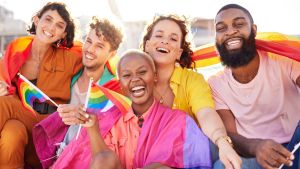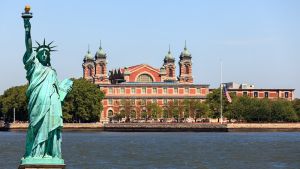By Michael Nam
 Despite bright spots in the mainstream media for representing race and gender diversity, like Melissa Harris-Perry on MSNBC, the output of the industry largely still appears white and male. Almost 40 percent of the U.S. identifies as nonwhite and women make up more than half of the population, yet popular media outlets largely remain homogenous. Missing diverse perspectives from the media landscape can have wide-ranging detrimental effects.
Despite bright spots in the mainstream media for representing race and gender diversity, like Melissa Harris-Perry on MSNBC, the output of the industry largely still appears white and male. Almost 40 percent of the U.S. identifies as nonwhite and women make up more than half of the population, yet popular media outlets largely remain homogenous. Missing diverse perspectives from the media landscape can have wide-ranging detrimental effects.
Lacking these voices, the ability of the media to serve the public interest is itself compromised. “The news media is not only failing to serve the communities but the country at large when they fail to reflect what’s going on in communities of color,” said the late Dori J. Maynard, former President of the Robert C. Maynard Institute for Journalism Education, in a piece for The Atlantic regarding the failure of newsrooms to diversify. The type of coverage that gets chosen by editorial staffs then reinforces stereotypes rather than clarifying the news. This is apparent in the different ways white subjects and Black subjects are portrayed, such as Black victim Michael Brown, who “struggled with police before shooting,” versus white Aurora shooter James Eagan Holmes, remembered as a “brilliant science student.”


















